Electric coils, are a type of electrical conductor, wound in the shape of a coil, a helix, or a spiral. Their primary function is to transmit sound, heat, or electricity. Electric coils are also known as magnetic or electromagnetic coils. This terminology can cause some confusion since the term electromagnet can specifically refer to electric coils which directly affect an external object through its magnetic field. Read More…
We are proud of the craftsmanship of our engineers. All of our products are made right here in the United States and we promise that these items are created from high quality resources. Our electrical coils are unique and efficient.
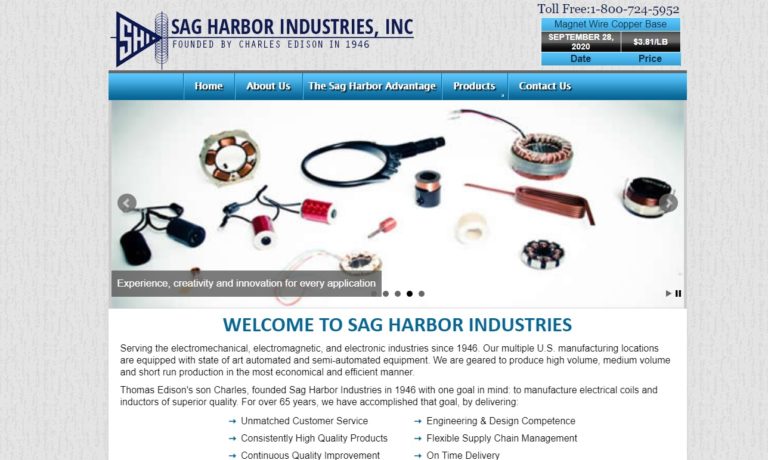
Established in 1973, Classic Coil Company is a Contract Manufacturer of electronic coils. We manufacture coils for a variety of industries; winding wire gauges from 4-58 AWG. We are ISO 9001-2015 certified, ITAR registered and DFARS Compliant. Our Engineering services allow us to assist with design, reduce cost, and increase efficiency in production. Call or visit our website to learn more about...

Since 1962, Torelco has been a supplier of electric coils and transformers of superior quality. We offer custom coils, solenoid coils, ferrite core coils & toroid wound coils to serve a range of industries. Markets served include medical, military, electronics, and industrial. When you work with us, our promise is to build to the exact specifications and meet the custom needs of our customers.
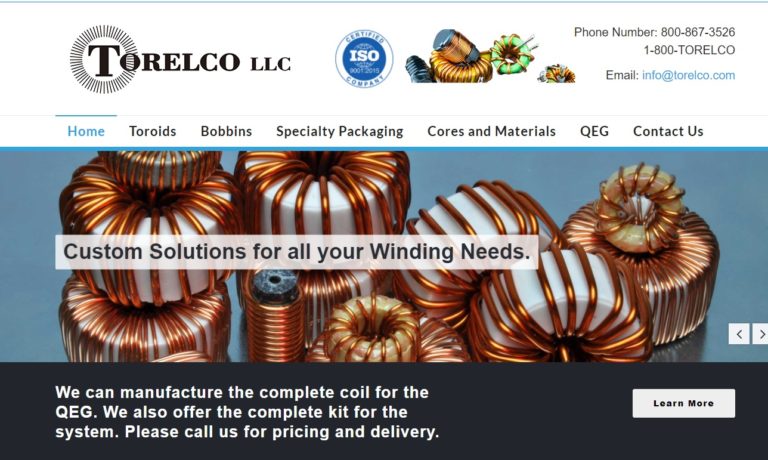
Check out what’s new online at Precision Econowind, manufacturer of the highest quality custom coils at reasonable prices, with on time delivery. Serving the coil industry for over 30 years, we’re experienced with producing loudspeaker & medical industry coils, coils wound on customers’ bobbins/tooling; freestanding, flat wire, edge wound, square, rectangle & shaped coils. Submit your specs ...
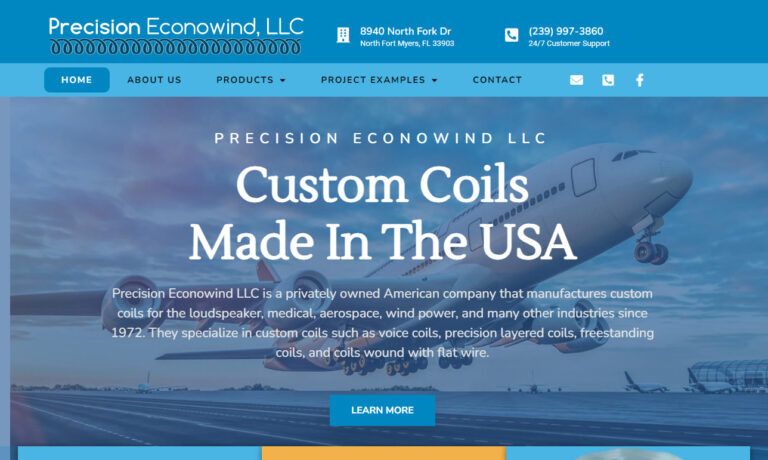
At Dufrane Technologies, we take pride in our extensive range of electric coils. Our comprehensive product portfolio encompasses a wide variety of coil types, including solenoid coils, electromagnet coils, induction coils, and more. Whether you require custom-made coils or standard options, we have the expertise and resources to fulfill your specifications with precision.
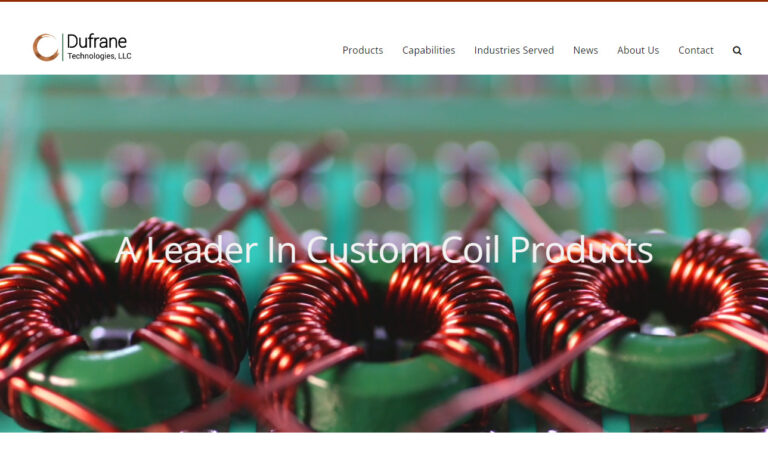
Triad Magnetics has been in the electric coils industry for over 75 years. Giving us the knowledge and expertise to be one of the best in the industry. We have a wide range of electric coils and inductors as well as the ability to custom engineer and manufacture electric coils to our customer’s needs. Having served the needs of many industries for more than half a century, Triad believes its...
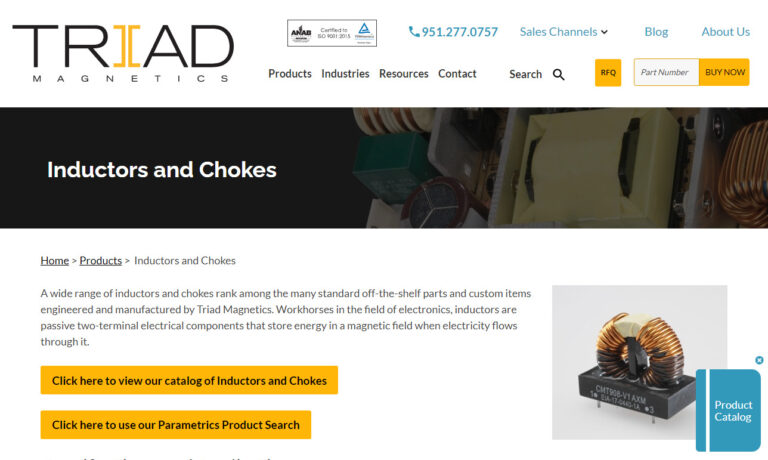
More Electric Coil Manufacturers
Unlike coils designed primarily for heating, electromagnetic coils specifically generate magnetic fields due to electric currents. All electric currents in conductors produce magnetic fields, making the term “electromagnetic coil” accurate. These coils function either by creating a magnetic field when electric current flows through them or by inducing a voltage when exposed to a time-varying external magnetic field.
A Brief History of Electric Coils
The origin of electric coils dates back to the discovery of electromagnetism in the early 19th century. In 1820, French scientist Andre-Marie Ampere, after whom the unit of electric current is named, discovered electromagnetism’s ability to induce movement. Building on Ampere’s work, English scientists Michael Faraday and William Sturgeon, along with American scientist Joseph Henry, advanced the understanding of electromagnetism. Their contributions laid the groundwork for electric motors by effectively utilizing electromagnetic power through electric coils.
Joseph Henry further advanced electromagnetism by developing electromagnetic relays (electronically controlled switches) in 1835, which he later used in his invention of the electric telegraph. Samuel Morse further developed the telegraph. Electromagnetic relay coils played a crucial role in early telecommunications, including telegraphs and telephones, and in early computer models. Their significance declined with the advent of electronic transistors in the 1940s. Despite the widespread use of transistors today, electromagnetic coils remain preferred for transmitting larger electric currents.
How Electric Coils Work
Electric coils, essential components in various applications, have a fundamental construction and operate on shared electromechanical principles. They are created by winding a conductive metal wire around an insulating material. This entire length of wire is known as the winding, with each loop within the winding referred to as a turn. At the heart of the coil lies a hollow region known as the core area or magnetic axis. The ends of the wire are typically fashioned into electrical connection terminals called taps.
When these taps are connected to an electric current, the current flows through the coiled wires, magnetizing the coil. Sometimes, the current can also demagnetize the coil. This process is driven by the fact that electric currents generate circular magnetic fields along the conductor’s length. Coiled conductors amplify these magnetic forces because their magnetic fields converge at the center of the loop, creating a more potent magnetic effect. Electric coils, with their multiple loops wound around a common axis, can produce substantial magnetic fields, concentrated by the core magnetic axis.
Some coils feature coil taps, which are exposed conductive patches located at various points along the wire. These taps provide additional electrical connections and can vary in size and spacing. Coils with a single tap at their center are known as center-tapped coils, showcasing the versatility and precision in their design.
Electric Coil Materials
Among the many conductive metals, aluminum and copper are the primary choices for manufacturing electric coils. Coils intended for heating purposes typically use a nickel or iron alloy. Insulators, which prevent electrical conductivity, can be made from various materials such as plastic, enamel, cardboard, or even air. Insulation is crucial to prevent current leakage between coil turns and to protect the coils from corrosive or damaging conditions like salt, moisture, oil, or vibration.
There are different methods to protect coils. Encapsulation covers the coil wire with a polymer epoxy. Molded coils, however, are fully enclosed in plastic coverings that seal both the wires and the entire winding. Toroid transformer coils and similar types are often protected by sealing tape to shield them from environmental exposure.
Customizing Electric Coils
Coils can vary significantly in diameter, wire lengths, and wire gauges based on their application requirements and material composition. Some general guidelines can assist in coil customization. Generally, a larger coil diameter results in higher self-induction. However, this can be problematic as current tends to flow on the wire’s outer surface.
Stronger magnetic fields can be achieved in two ways: increasing the current or the number of turns in the coil. The strength of the electromagnetic field, or magnetic permeability, can also be enhanced by altering the coil’s core. Hollow cores or ferromagnetic materials like soft iron, various steels, and nickel alloys generate stronger magnetic fields compared to cores made of materials like plastic.
Types of Electric Coils
Electric coils, though sharing basic features, exhibit many variations. They can be classified by the type of current they carry, such as direct or alternating current. More commonly, they are categorized by function. Electromagnets, for instance, are electric coils designed to exert a magnetic force for practical applications, often mechanical. The interaction of magnetic fields within these coils generates a strong force that can be converted into motion. A fundamental type of electric coil, known as a solenoid coil, consists of multiple loops wrapped around an axis. Solenoid coils have various uses, including remote switching, where they carry currents that produce magnetic fields to attract and move switches.
An advanced type of electric coil features additional windings, known as an electric transformer. In this context, a “winding” refers to a complete coil assembly rather than a single loop of wire. The initial winding is termed the primary winding, while subsequent windings are called the secondary and tertiary windings, respectively. Components with a tertiary winding are known as tickler coils. These multi-winding coils are typically electrically insulated and share a common magnetic axis, making them magnetically or inductively coupled.
Transformers operate by connecting electric currents through a cascading effect. When an electric current is applied to the primary winding, it generates a time-varying magnetic field, inducing a time-varying voltage in the other windings. The voltage can be adjusted by changing the number of turns in each winding, allowing transformers to vary the voltage in electric circuits effectively. To minimize energy loss, transformers may have steel cores, which can be divided into laminations, and are often submerged in cooling oil to dissipate heat. High-voltage transformers are referred to as power transformers, while low-voltage versions are known as distribution transformers.
Beyond transformers, other categories of electric coils include inductors and transducers. Inductors are reflexive coils designed to create magnetic fields that oppose changes in electric current. Transducers, on the other hand, convert input from one physical form to another, often translating magnetic fields into electric signals when referring to electric coils. These diverse applications highlight the versatility and importance of electric coils in various technological and industrial settings.
Applications of Electric Coils
Electric coils encompass a variety of forms and are integral to numerous applications across multiple industries. Fundamentally, they generate and apply electromagnetism to power electronic devices, making them indispensable to many electrical circuits, including those utilizing transformer coils, choke coils, and similar components. These coils are prevalent in sectors such as manufacturing, automotive, electronics, medical, and energy industries.
In the automotive sector, induction coils—also known as ignition coils or spark coils—are critical for powering the ignition systems of vehicles. In the medical field, electric coils are vital for the operation of sophisticated equipment such as MRI machines. Power plants depend on high voltage coils and toroidal coils for effective power generation. Additionally, electric coils play a crucial role in regulating flow, generating movement, and transforming electric currents in applications related to computers, household appliances, and telecommunications.
Electric coils are highly customizable, tailored for specific applications and environments. For instance, Rogowski coils are specialized for measuring alternating current (AC), whereas Braunbeck coils are employed in geomagnetic research. Oudin coils deliver a disruptive charge, and Garrett coils are specifically designed for metal detection.
Electric coils are commonly employed in electric relays, which are electronically controlled switches. These relays leverage the ability to control larger currents with smaller ones by converting magnetic force into mechanical force. When an electromagnetic coil generates a magnetic field, it mechanically moves a switch within a larger electric circuit via magnetic attraction. This switch then connects electrical contacts within the circuit. Using this mechanism, electromagnetic coils can power appliances dependent on the larger circuit, such as lamps. Relays are integral to various electric motor systems, converting electrical flow into rotational motion. Electric motors, in turn, power a wide array of appliances, including household items like fans, mowers, toys, and toothbrushes.
Electric coils serve multiple functions, including generating heat, sound, and motion. In heating applications, the coiled shape of the conductor is typically incidental, as heat generation depends primarily on the electric current rather than the shape of the conductor. However, the design aspects of the coil, such as material, wire diameter, and length, do influence heating performance. Nichrome, an alloy of 80% nickel and 20% chromium, is commonly used in heating coils due to its optimal properties.
In audio applications, electric coils are used in devices like speakers. As electricity passes through the coil, it alters the coil’s magnetic field, causing it to be attracted to and repelled from a nearby fixed magnet. This rapid movement creates vibrations in the coil, which, when attached to a flexible cone, produce amplified sound waves.
Advantages of Electric Coils
Electric coils offer significant advantages, including the ability to generate much stronger and more controllable magnetic fields compared to permanent magnets. Utilizing coil-shaped conductors, such as solenoid coils, not only enhances the magnetic field’s strength but also enables practical applications like remote machinery activation. The controllability of electric coil magnetic fields is linked to the capability to activate large electric currents with smaller ones, exemplified by switch relays. Although electronic transistors can perform many relay functions previously handled by electromagnetic coils, they generally remain less effective in controlling large currents.
Electric transformers present distinct benefits. By using primary and secondary windings, they transfer electrical energy between circuits through magnetic coupling without requiring moving parts. Additionally, transformers enhance electrical efficiency. By increasing voltage and reducing current, transformers efficiently transfer power over long distances by adjusting AC voltage.
Things to Consider for Electric Coil Suppliers
When selecting electric coils and their manufacturers, several critical considerations should be taken into account. Given the intricate nature of electric coils, it is imperative to invest in products fabricated from premium-quality materials. Assess the supplier’s variety of materials and the diversity of shapes they offer, as specialized coil applications might necessitate unique compositions or configurations. Additionally, evaluate the supplier’s capabilities in providing sampling or prototyping services, as well as their turnaround and shipping times. These factors are essential to ensuring the procurement of high-quality electric coils tailored to specific application needs.

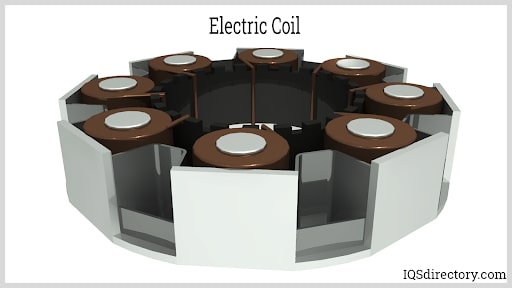
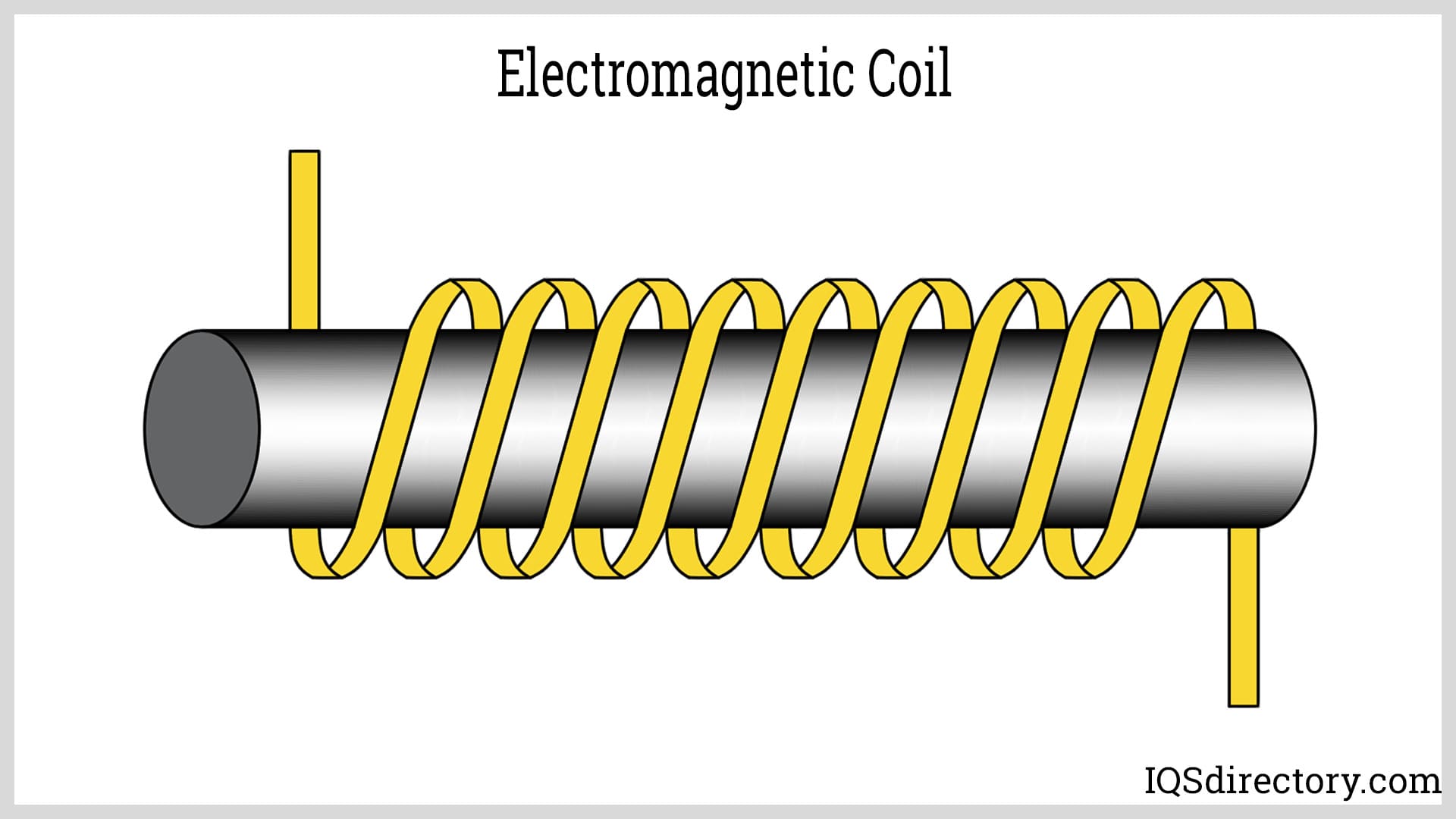
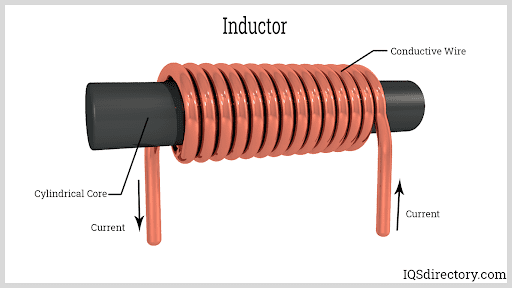
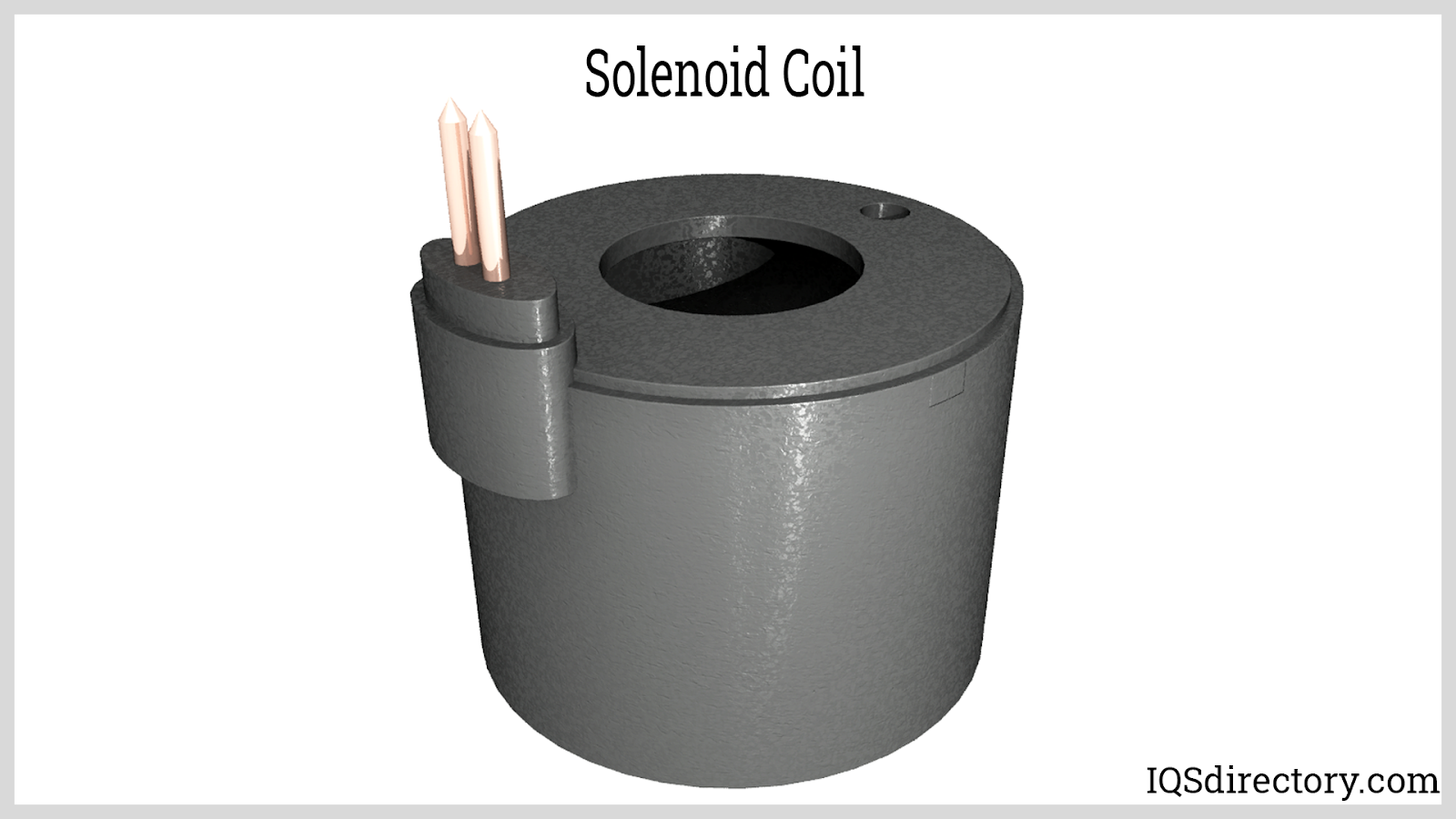
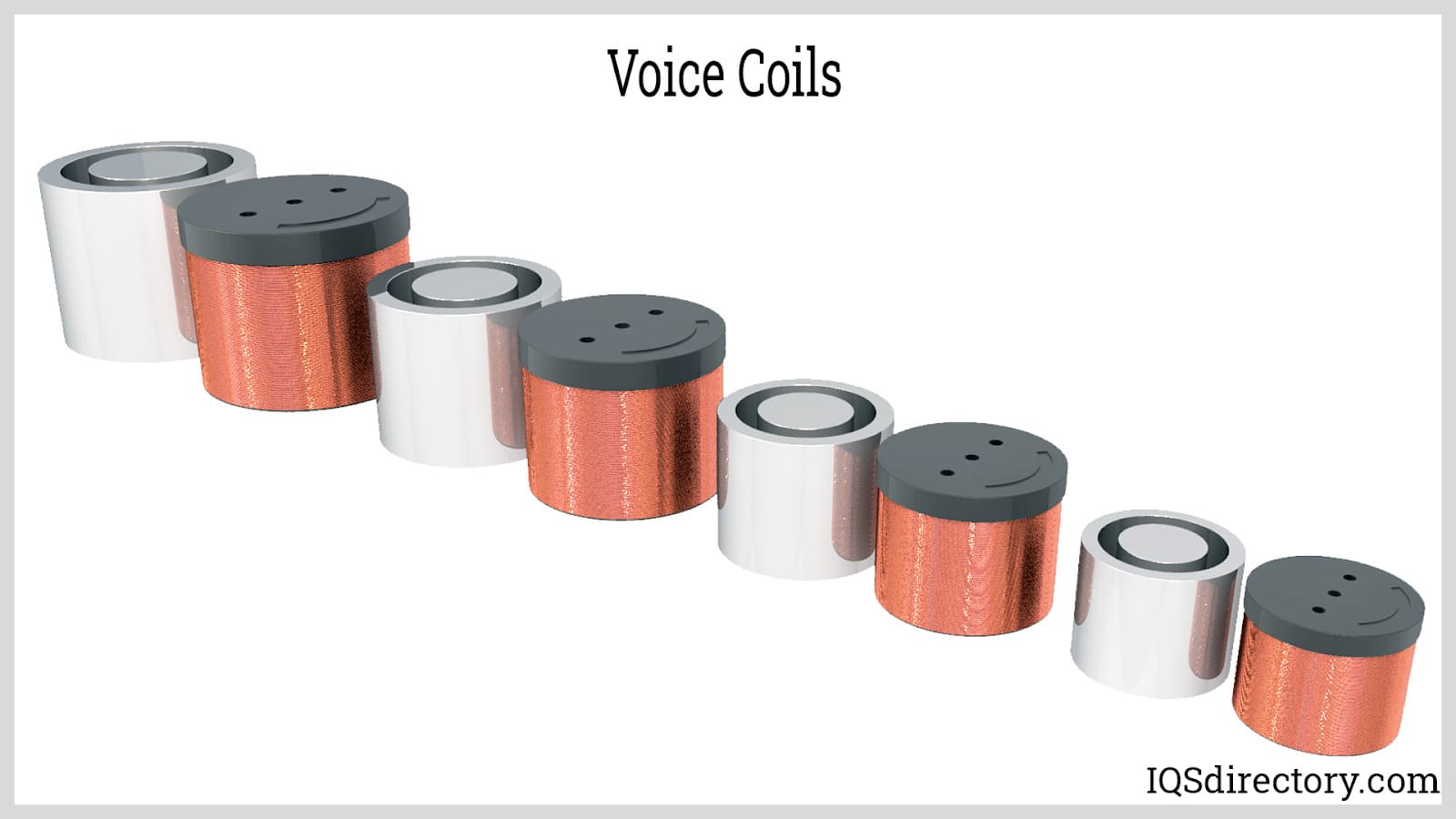
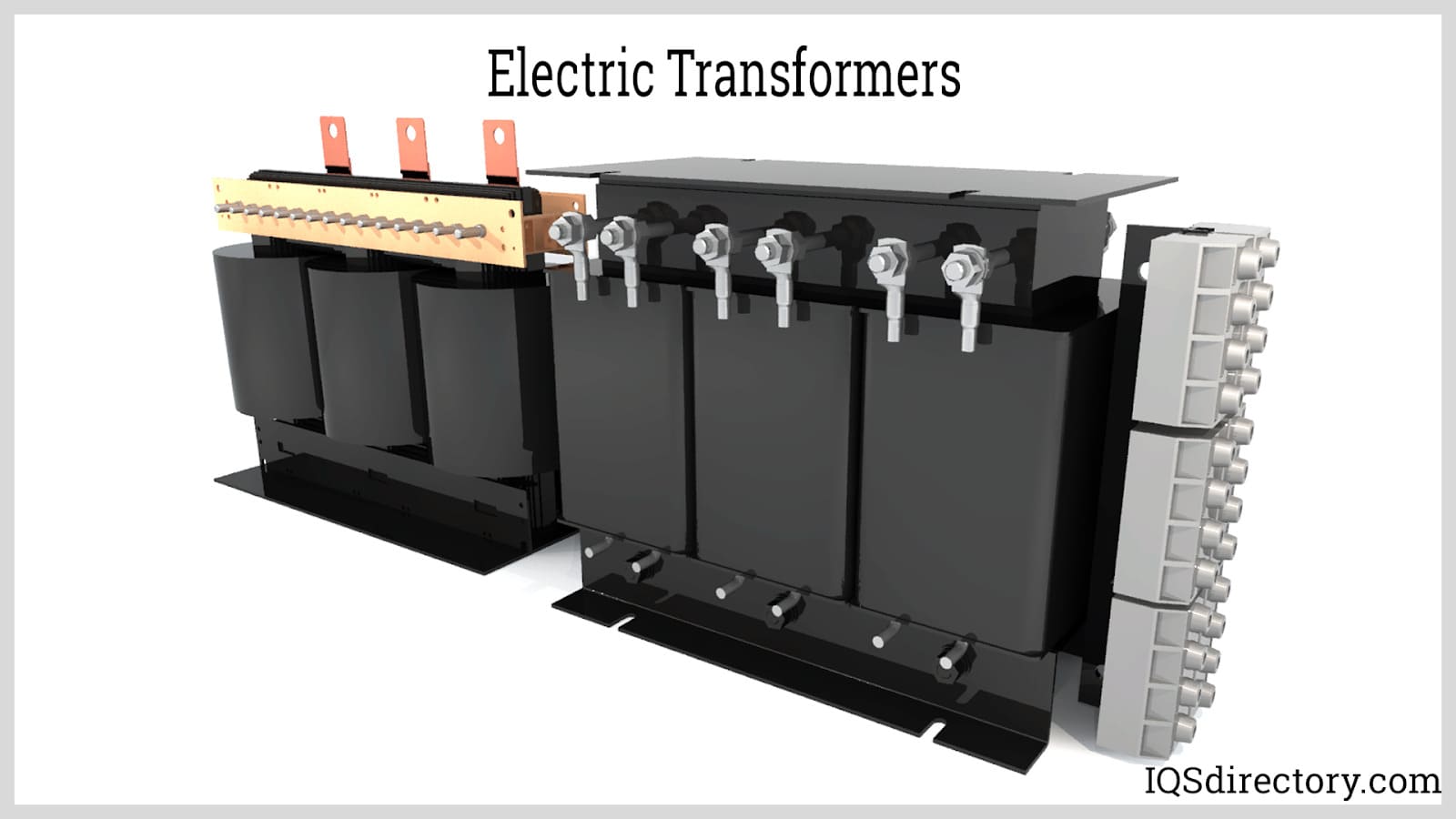
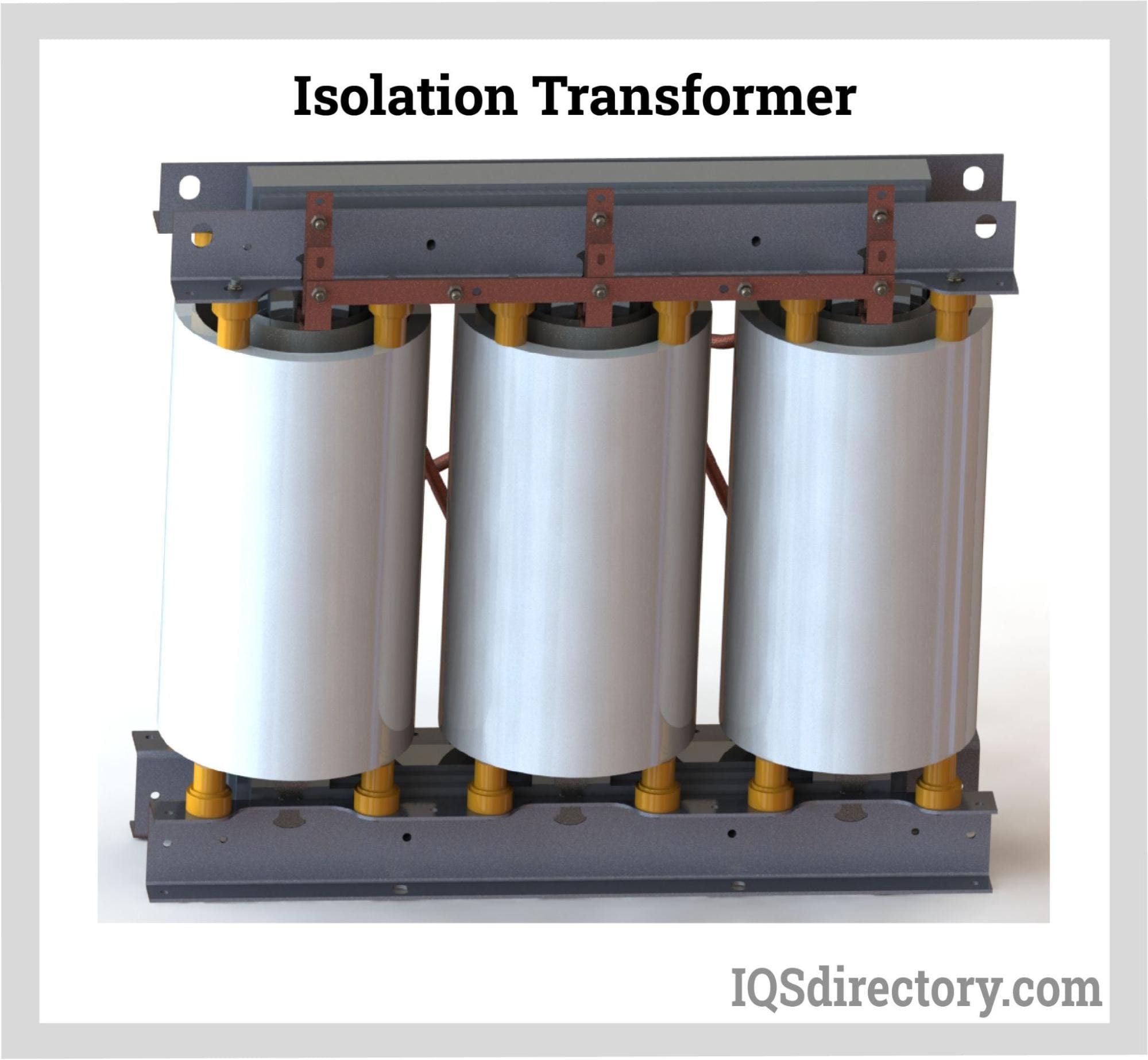
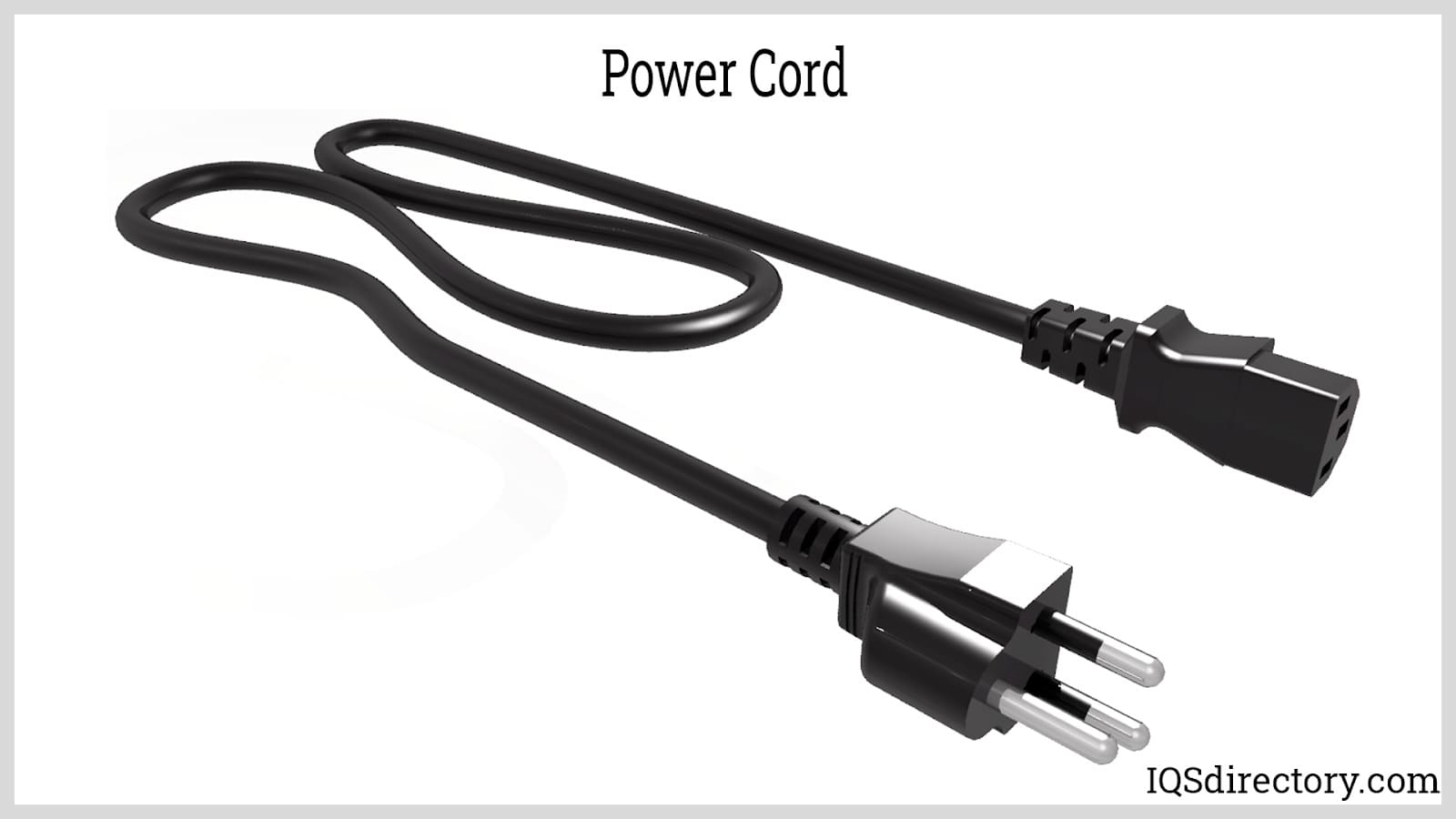
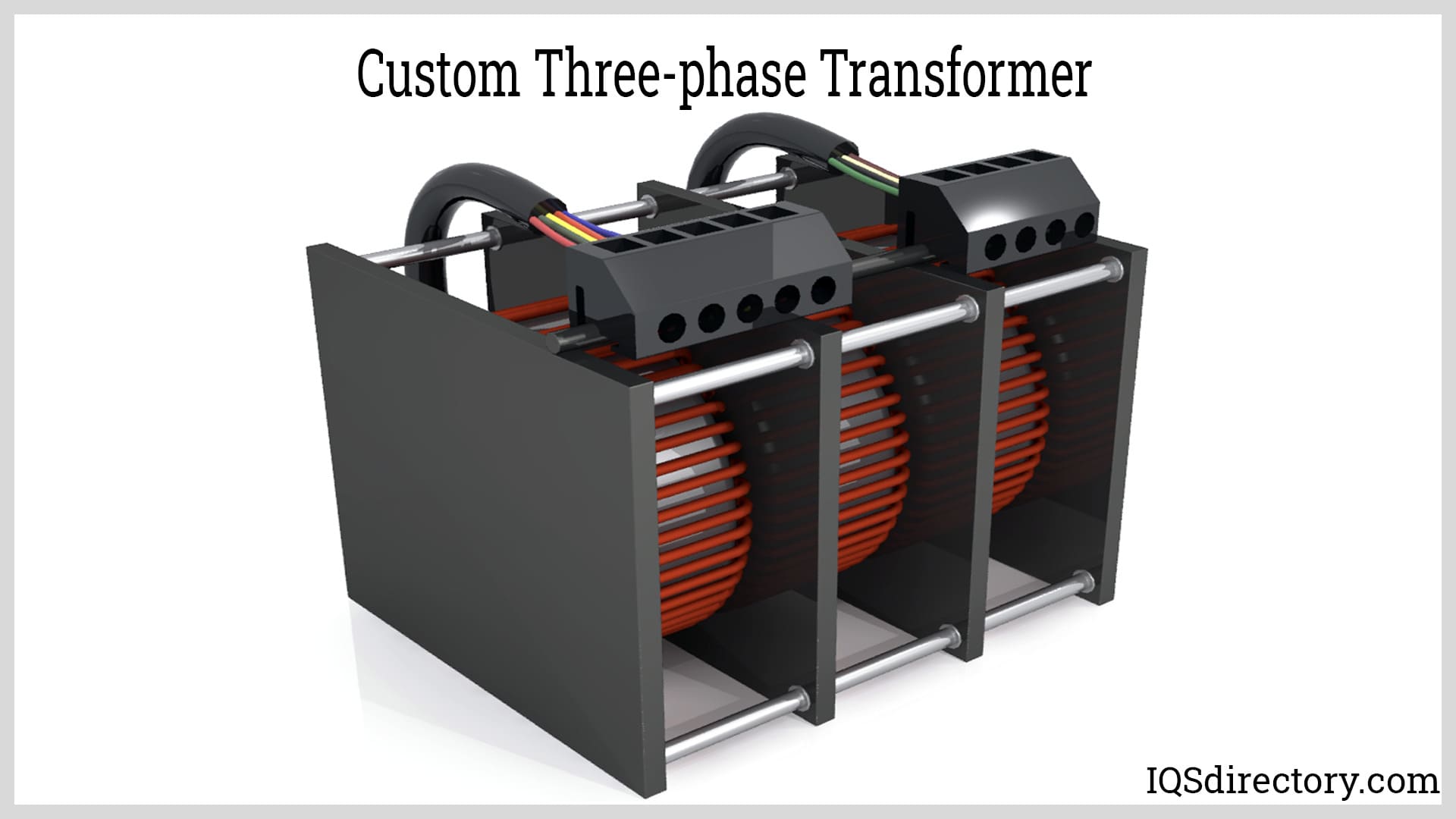
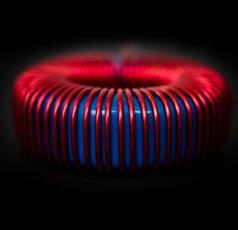 Electric Coils
Electric Coils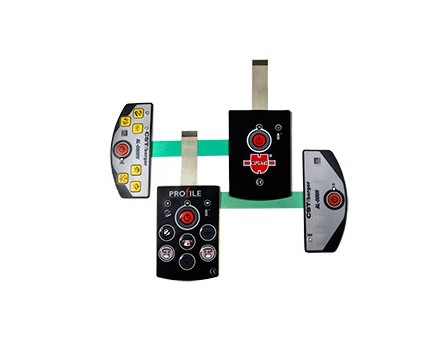 Electric Switches
Electric Switches Electric Transformers
Electric Transformers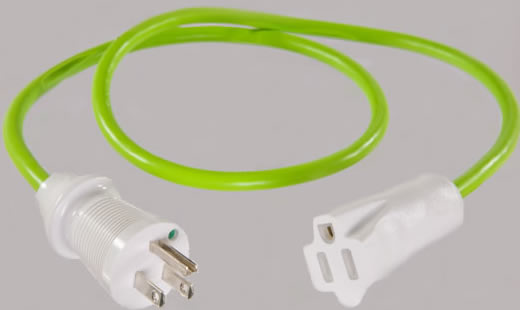 Electronic Connectors
Electronic Connectors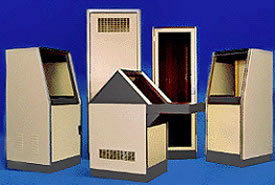 Electronic Enclosures
Electronic Enclosures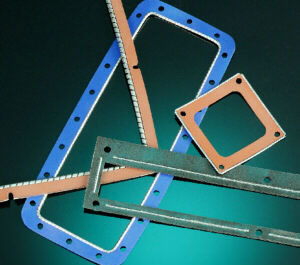 EMI Shielding
EMI Shielding Membrane Switches
Membrane Switches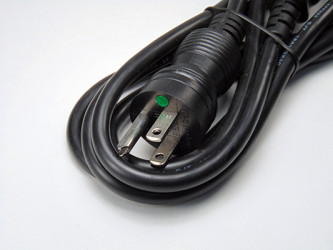 Power Cords
Power Cords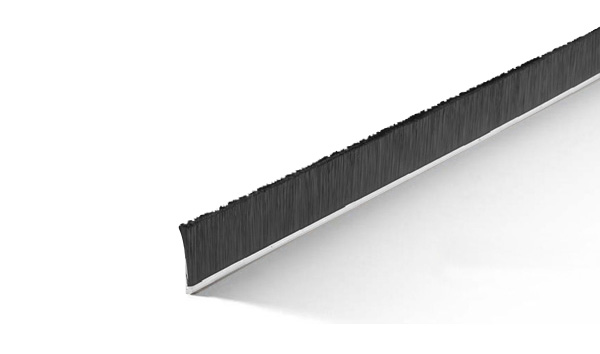 Static Eliminators
Static Eliminators Castings & Forgings
Castings & Forgings Bulk Material Handling
Bulk Material Handling Electrical & Electronic Components
Electrical & Electronic Components Flow Instrumentation
Flow Instrumentation Hardware
Hardware Material Handling Equipment
Material Handling Equipment Metal Cutting Services
Metal Cutting Services Metal Forming Services
Metal Forming Services Metal Suppliers
Metal Suppliers Motion Control Products
Motion Control Products Plant & Facility Equipment
Plant & Facility Equipment Plant & Facility Supplies
Plant & Facility Supplies Plastic Molding Processes
Plastic Molding Processes Pumps & Valves
Pumps & Valves Recycling Equipment
Recycling Equipment Rubber Products & Services
Rubber Products & Services